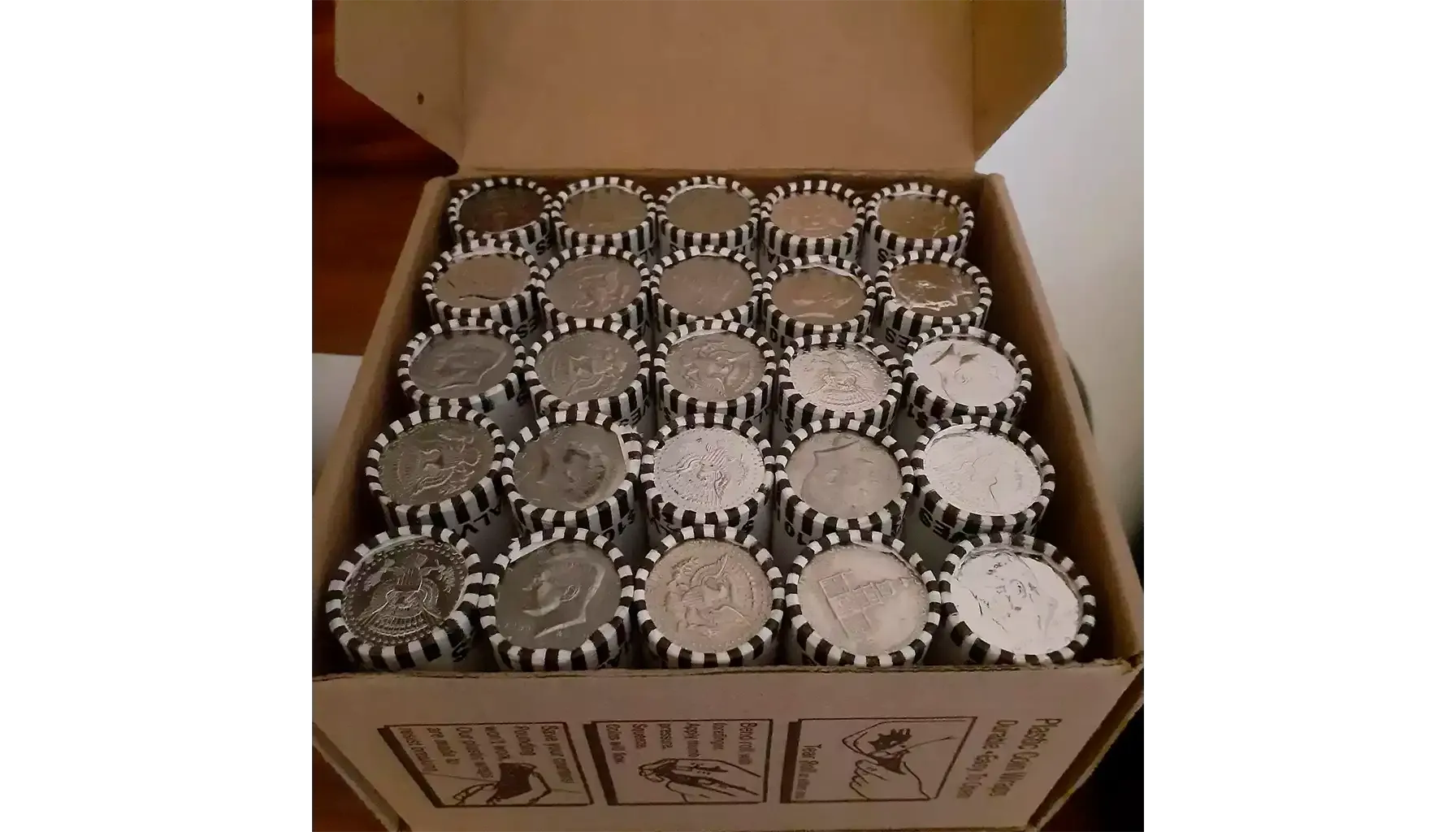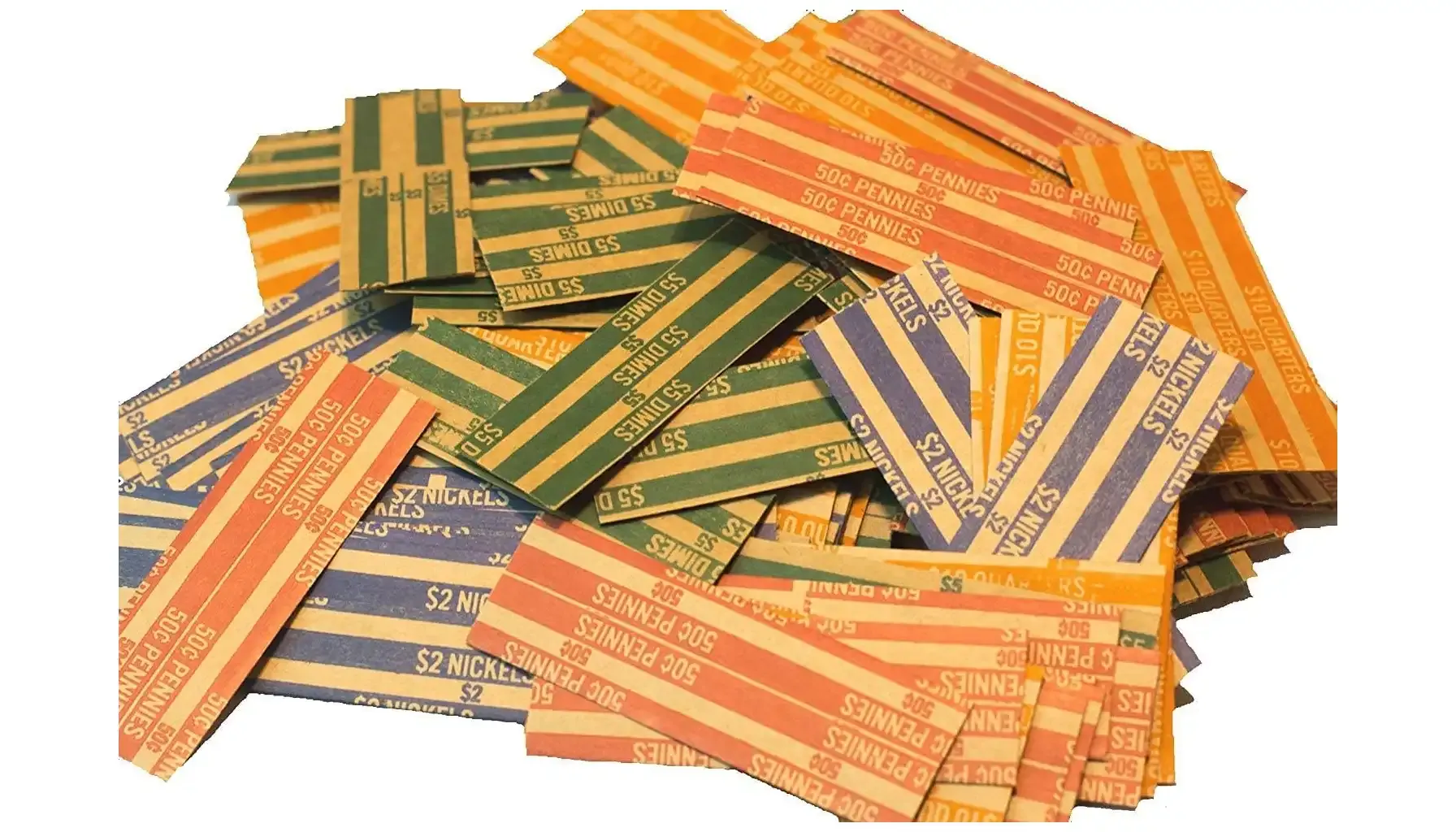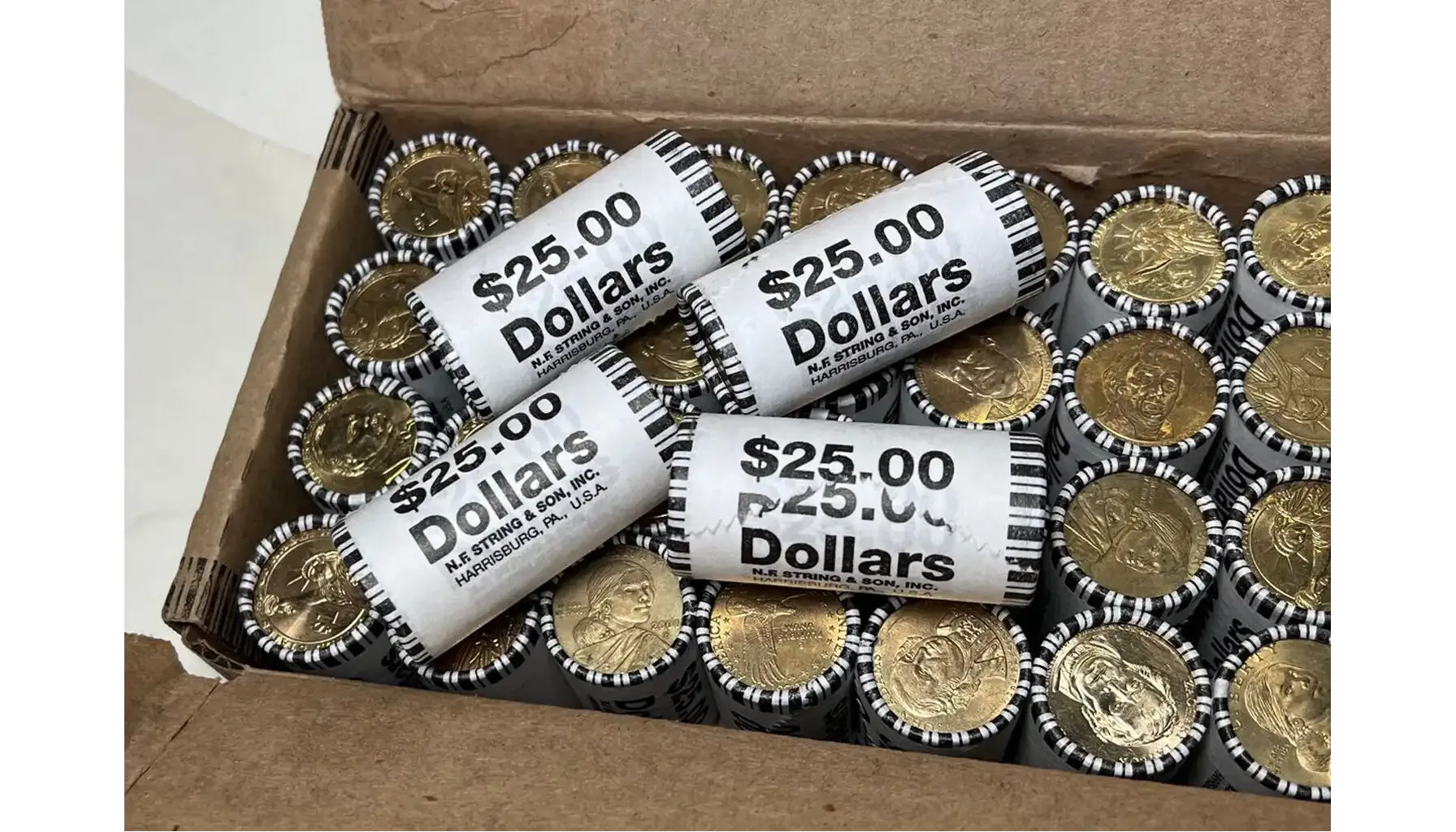Contents:
Traveling through the world of foreign coins is like a treasure hunt: behind each rare specimen lies a unique history, cultural heritage and unknown secrets. For example, did you know that not all coins were minted from the usual metals. So in Tanzania in 1966 a coin made of ivory was issued. Or, for example, did you hear that the use of a coin is not always limited to the borders of the country in which it is issued: the Spanish real was the main currency of international trade in the 18th century and could be found on all continents.
Just imagine you hold an old and unfamiliar coin in your hands and the mystery of who and where it was minted, why it is so rare or significant is revealed to you. Foreign coins identification can be a daunting task if you don't know where to start. We are here to tell you the ways of identifying foreign coins, what tools and tips will help you in this fascinating process, and which foreign coins you should start your collection with.
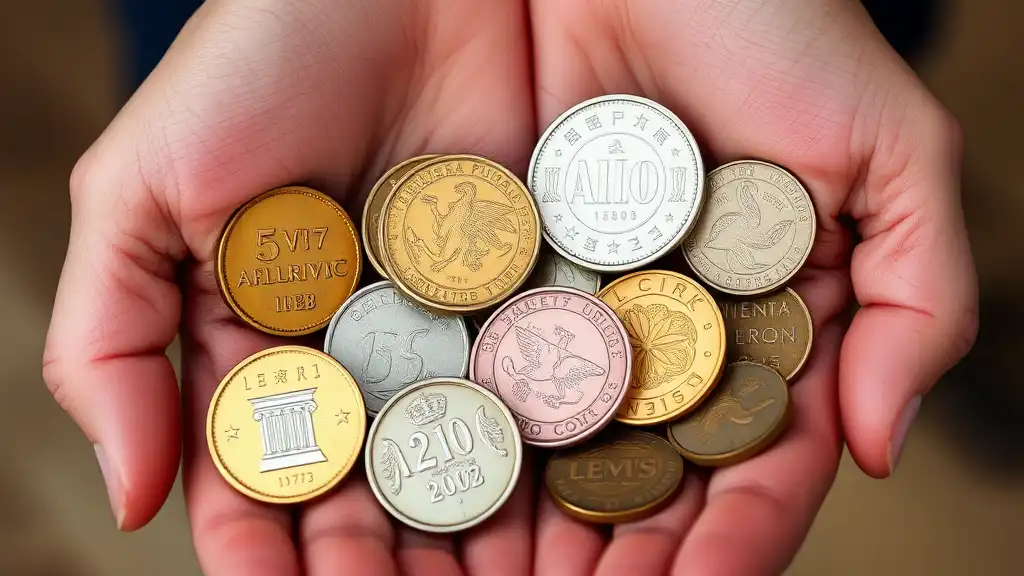
Step 1. Determining the Basic Parameters of a Foreign Coin
How to identify foreign coins? Before you begin a detailed research, you should record the basic parameters of your coin. This will help you narrow down your search and more quickly find a match between this coin and others in the information sources. Let's start with the most important characteristics.
Material and Metal
Coins can be made of different metals e.g., copper (like the 1967 American Dime), bronze, silver, gold or alloys. To determine what material a coin is made of, you can use metal testers, conduct a magnetism test or use a density chart.
Let's start with a simpler one: if a coin is attracted by a magnet, it indicates the presence of metals with magnetic properties (iron or nickel, an example is a modern Canadian coin). On the contrary, gold, silver and copper have no magnetic properties, so they do not react to magnets.

Another way is to determine the density of the metal. But for this you need to perform a number of experiments* or purchase specialized equipment**.
*Calculate the density of the coin by yourself using the formula density = coin weight (g): coin volume (cc). The volume is determined by immersing the coin in water and measuring the displaced volume.
**The density of a coin is also determined thanks to specialized instruments: hydrostatic scales (the volume is calculated by estimating the weight of the coin in air and in liquid); ultrasonic density meters (the volume is calculated on the basis of the duration of the ultrasonic wave passing through the coin material).
Once you have calculated the volume, use the density table to determine the metal of the coin:
Metal | Approximate Densities (g/cm³) | Coin Examples |
Copper | 8,92 | European pfennings and British pence |
Silver | 10,49 | Spanish pesetas, Mexican pesos |
Gold | 19,32 | The gold sovereigns of the UK |
Nickel alloys | 8,90 | Swiss francs, Canadian dollars |
Often silver and gold coins also bear proof marks indicating the purity of the metal. For example, on gold coins, you may find the mark “999.9” or “24K” indicating 99.99% gold content.
In addition, don't forget about the coin's other key parameters: diameter, weight and thickness. Accurate measurements of a coin can help you identify a counterfeit or determine its origin. Use digital calipers and scales to measure them accurately. Compare the values obtained with data from catalogs. For example, the Japanese coins of 100 yen have a weight of 4.8 grams, a diameter of 22.6 cm and a thickness of 1.7 mm.
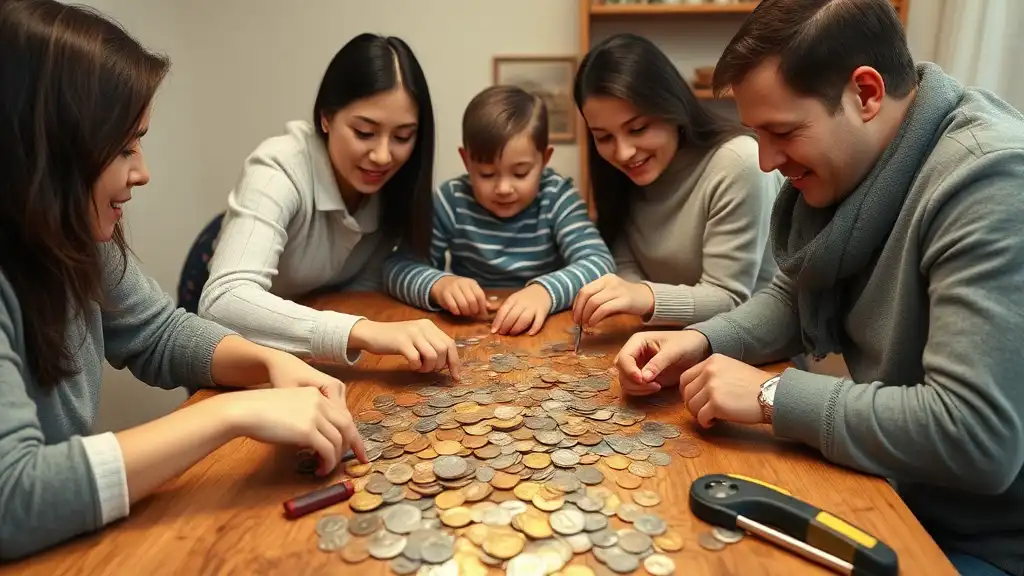
Design and Inscriptions on a Coin
Pay attention to the images and symbols on the obverse and reverse of the coin. These may be portraits of rulers, national emblems, symbolic figures, or even animals. Compare the images with illustrations in reference books, e.g., the Standard Catalog of World Coins. For example:
The portraits on British pounds usually change with each new reign of a monarch.
Birds and animals on Australian coins indicate the continent's rich fauna.
The language of the inscriptions on a coin can be used to identify the country or region of issue of the coin. For example, the Latin inscription and the presence of the abbreviation “D.G. Rex” indicate British coins. Arabic script and Islamic calendar dates are a sign of coins from the Middle East and North Africa.
Tip: If the language or symbols seem unfamiliar to you, use translators or online dictionaries to understand basic terms.
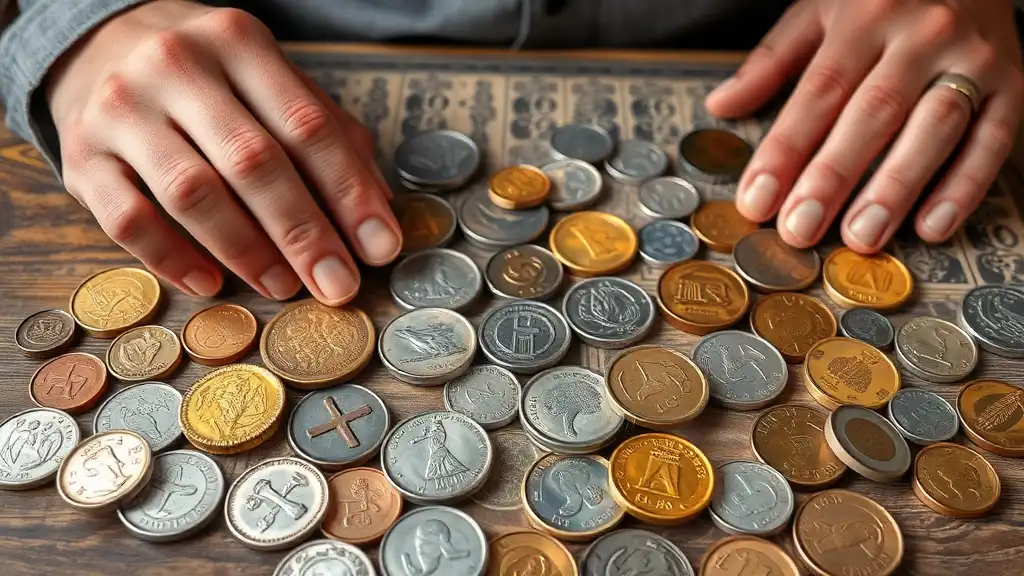
Step 2. Use Specialized Tools: Foreign Coin Identifier for Your Convenience
You are probably in a slight shock to learn how many nuances and details need to be determined and calculated; how many collection tools need to be used to identify a foreign coin. And frankly speaking, not every beginning investor will be ready to “dance with tambourines”: to spend a fortune and a lot of time to buy equipment and deeply dive into the details of the analysis. And we understand it perfectly, that's why we offer you a modern solution, one of the best world coin identifier and value checker apps - Coin ID Scanner. Now, you can find out foreign coin values and identification in just a couple of clicks:
Download and install the app on your mobile device.
Open the app and select the “Scan Coin” option.
Place the coin on a flat, well-lit surface and scan it, or upload a photo to the app.
The app will automatically recognize the image, search the extensive database and provide information about the country, minting date, metal, condition and approximate value of the coin.
Save your results to your account, add comments and notes. Record the rest of your collection and coin information in the app so you can manage it with ease.
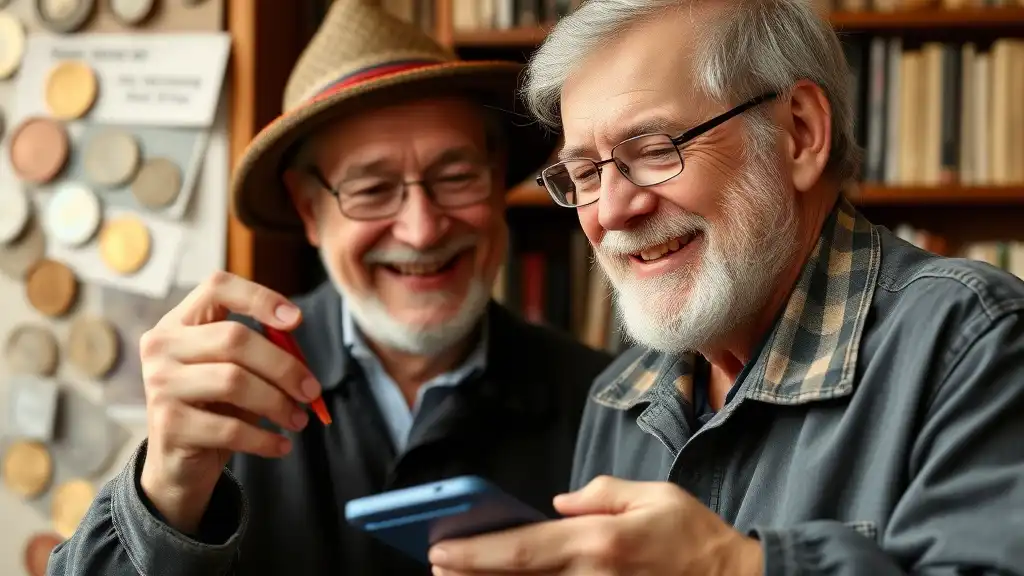
Additional Tips and Tricks for Identifying Foreign Coins
Use catalogs and reference books. Even in the age of technology, books remain an important source of information. Use handbooks as an additional tool along with the foreign coin identification app to have complete and comprehensive information. For example, Krause's Catalog of World Coins is one of the most complete guides to foreign coins.
Study the symbolism of countries. The better you understand the symbolism and traditions of countries, the easier it will be for you to identify their coins. For example, the Canadian maple leaf or Chinese dragons are very common on coins.
Keep your finger on the pulse and pay attention to detail. Many countries minted coins in limited quantities and they can be extremely valuable. Check to see if your coin belongs to such a series.
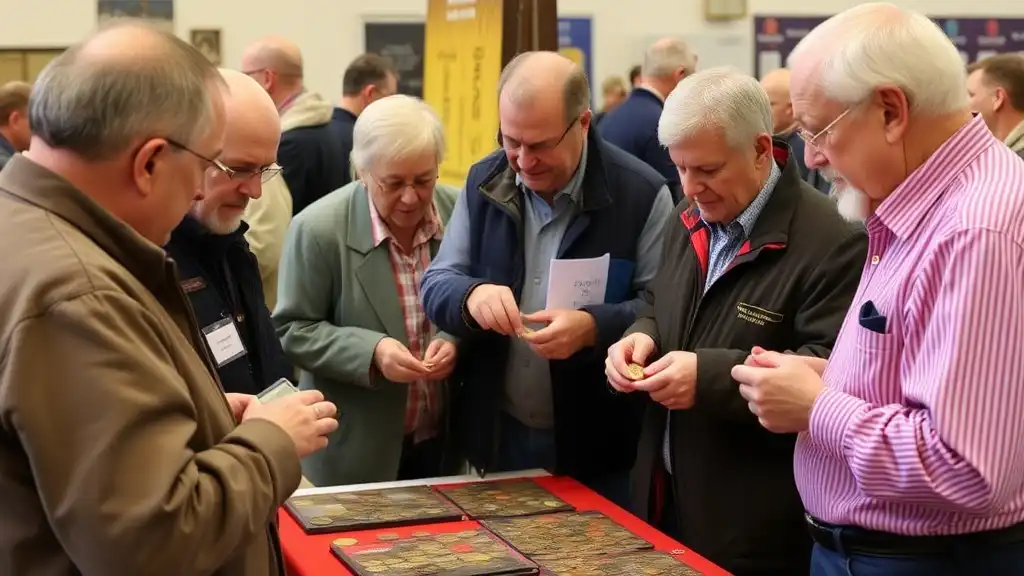
Step 3. Consider Examples of Foreign Coins to Start Your Collection With
Now you know how to identify foreign coins, so let's take a look at some of the ones you can start your collection with. Here are a few examples of famous coins that could be of potential interest for their design, metal, and history. These coins are easily recognizable and are a great start for the newcomers.
Coin | Country of Minting | Metal | Characteristics | Tricks for Collectors |
5 francs | Switzerland | Copper-nickel alloy | The image of the national emblem of Switzerland on the obverse and the profile of a man in traditional Swiss costume on the reverse. | Note the pre-1967 issues - they were minted in silver and are more valuable. |
50 euro cents | European Union | Brass | Different designs depending on the country of manufacture | Each member of the EU issues their own versions of the euro - collecting different designs from all countries can be a fascinating task. |
Yuan | China | Coated steel | Chinese character inscriptions, symbols of traditional culture | Look for coins issued during key historical events such as the 2008 Beijing Olympics. |
1 Canadian dollar | Canada | multi-ply nickel-plated steel | Queen Elizabeth II on the obverse (on modern minted coins - King Charles III), on the reverse is an image of common loon (symbol of Canada) | Look for collector's versions of “Loonie” with alternate designs released for special events. |
These coins represent only a small part of the examples to consider from foreign numismatics. All the above examples can be a good starting point to create a rich and varied collection from all over the world.
The Last Word
Identifying foreign coins is a fascinating activity but it also requires care and knowledge. You need to be consistent and attentive to detail, use your new knowledge and remember about the benefits of modern tools to quickly and accurately recognize the origin of your coins. Due to all the above you can add valuable new pieces to your collection and fully enjoy the collecting process.

